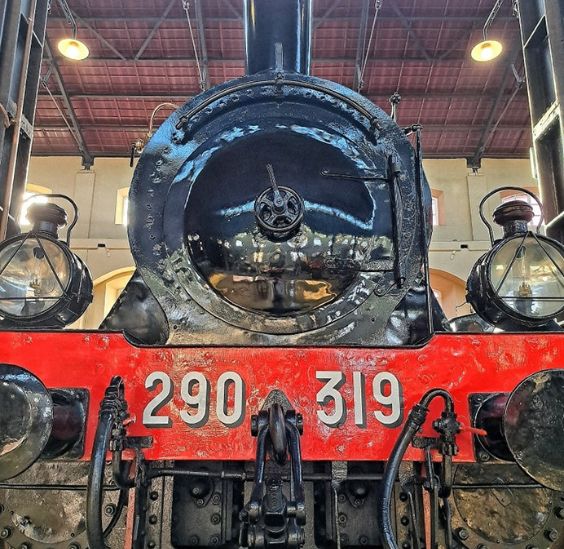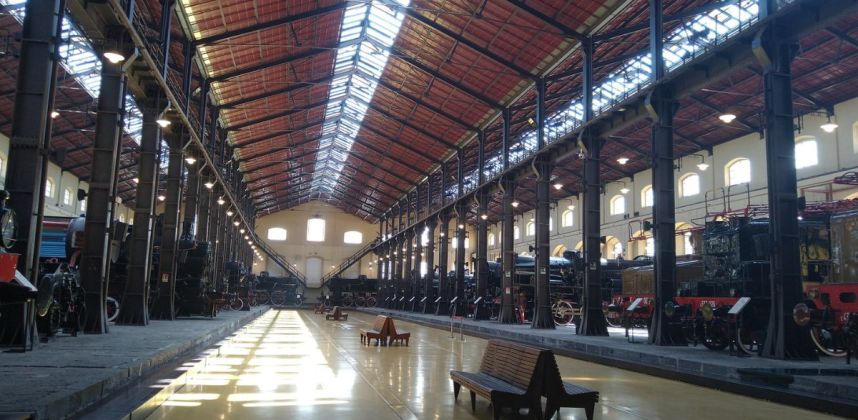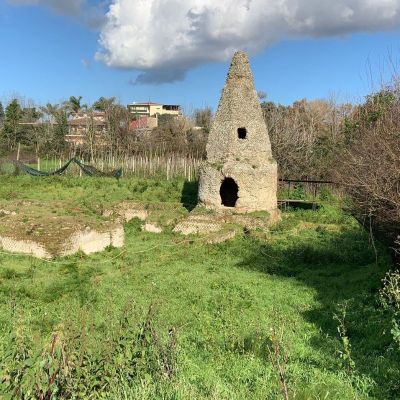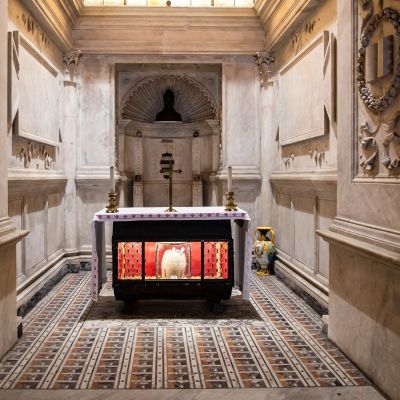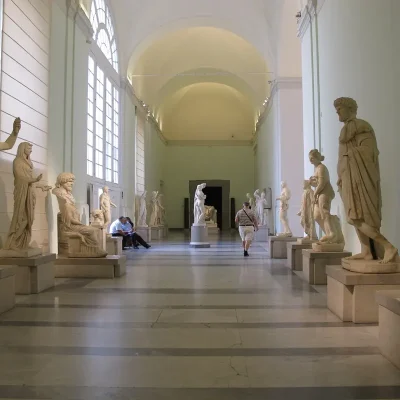Discover a special day at Pietrarsa’s Railway Museum in Naples: Unique history, vintage trains, and a lush botanical garden. Just €2 entry on January 28th!
The Pietrarsa Museum is not just a repository of trains and railway artifacts; it’s a vibrant testament to the rich railway heritage of the Kingdom of the Two Sicilies. Each exhibit, from the majestic steam locomotives to the detailed historical documents, tells a story of innovation, ambition, and the transformative power of the railway system. The museum stands as a proud reminder of the role that the Kingdom of the Two Sicilies played in pioneering railway transportation in Italy.
Visitors to the Pietrarsa Museum are offered a unique opportunity to step back in time and explore an era where steam power was revolutionizing travel and industry. The museum’s immersive experiences, like the virtual reality simulations, bring history to life in a way that is both educational and engaging. It’s a destination that appeals to a wide range of visitors – from history enthusiasts and technology buffs to families looking for an intriguing and informative outing.
Moreover, the museum’s commitment to preserving and presenting the railway heritage of the Kingdom of the Two Sicilies is commendable. It’s an important cultural resource that not only educates but also inspires a sense of pride and wonder in the kingdom’s historical achievements. For anyone visiting Naples, the Pietrarsa Museum is a must-see attraction, offering insights into a pivotal chapter in the region’s history and an experience that resonates long after the visit.
In summary, the Pietrarsa Museum in Naples stands as a beacon of historical and technological importance. It offers a window into the past, showcasing the ingenuity and spirit of an era that laid the foundations for modern transportation. A visit to Pietrarsa is more than just a tour of a museum; it’s a journey through the heart of the Kingdom of the Two Sicilies’ railway legacy.
Pietrarsa Railway Museum Open Day
Naples, the City of History and Culture: The Pietrarsa Railway Museum, nestled in the heart of Naples, is opening its doors for a special event. On January 28th, 2024, the museum invites everyone to step back in time into the world of railroads for only €2. This offer is a part of the museum’s ongoing efforts to bring people closer to the rich historical and cultural heritage of the region.
A Glimpse into the Past: Once the birthplace of Italy’s mechanical and railway industry, the museum now showcases a journey through technological advancements in rail transport. From the mighty steam engines of yesteryears to the sleek designs foreshadowing modern high-speed trains, the museum is a treasure trove of historical artifacts and documents.
Exploring the Evolution: The journey begins in the grand Locomotive Pavilion, where visitors can witness the evolution of rail transport. The exhibit starts with the iconic Bayard steam locomotive and progresses through more powerful and faster engines over the years.
Diverse Exhibits: As visitors move through the museum, they’ll encounter diesel and electric traction vehicles, the famed Littorine, the luxurious Royal Train’s Lounge Carriage, and various other types of carriages like Centoporte, Cellulare, and Postale. An early prototype resembling the modern Frecciarossa trains is a highlight of the collection.
More Than Just Trains: The museum also offers a chance to relax in its lush botanical gardens, perfect for leisurely walks or educational tours with children. Miniature train models and a unique rubber-tired train ride along the scenic pathways overlooking the stunning Gulf of Naples add to the experience.
Visitor Information: For more details, contact the museum at 081 472003 or email [email protected].
